A nutrition and conditioning intervention for natural bodybuilding contest preparation: case study
- PMID: 25949233
- PMCID: PMC4422265
- DOI: 10.1186/s12970-015-0083-x
A nutrition and conditioning intervention for natural bodybuilding contest preparation: case study
Abstract
Bodybuilding competitions are becoming increasingly popular. Competitors are judged on their aesthetic appearance and usually exhibit a high level of muscularity and symmetry and low levels of body fat. Commonly used techniques to improve physique during the preparation phase before competitions include dehydration, periods of prolonged fasting, severe caloric restriction, excessive cardiovascular exercise and inappropriate use of diuretics and anabolic steroids. In contrast, this case study documents a structured nutrition and conditioning intervention followed by a 21 year-old amateur bodybuilding competitor to improve body composition, resting and exercise fat oxidation, and muscular strength that does not involve use of any of the above mentioned methods. Over a 14-week period, the Athlete was provided with a scientifically designed nutrition and conditioning plan that encouraged him to (i) consume a variety of foods; (ii) not neglect any macronutrient groups; (iii) exercise regularly but not excessively and; (iv) incorporate rest days into his conditioning regime. This strategy resulted in a body mass loss of 11.7 kg's, corresponding to a 6.7 kg reduction in fat mass and a 5.0 kg reduction in fat-free mass. Resting metabolic rate decreased from 1993 kcal/d to 1814 kcal/d, whereas resting fat oxidation increased from 0.04 g/min to 0.06 g/min. His capacity to oxidize fat during exercise increased more than two-fold from 0.24 g/min to 0.59 g/min, while there was a near 3-fold increase in the corresponding exercise intensity that elicited the maximal rate of fat oxidation; 21% V̇O2max to 60% V̇O2max. Hamstring concentric peak torque decreased (1.7 to 1.5 Nm/kg), whereas hamstring eccentric (2.0 Nm/kg to 2.9 Nm/kg), quadriceps concentric (3.4 Nm/kg to 3.7 Nm/kg) and quadriceps eccentric (4.9 Nm/kg to 5.7 Nm/kg) peak torque all increased. Psychological mood-state (BRUMS scale) was not negatively influenced by the intervention and all values relating to the Athlete's mood-state remained below average over the course of study. This intervention shows that a structured and scientifically supported nutrition strategy can be implemented to improve parameters relevant to bodybuilding competition and importantly the health of competitors, therefore questioning the conventional practices of bodybuilding preparation.
Keywords: Body composition; Conditioning; Fat oxidation; Metabolic health; Physique; Sports nutrition.
Figures
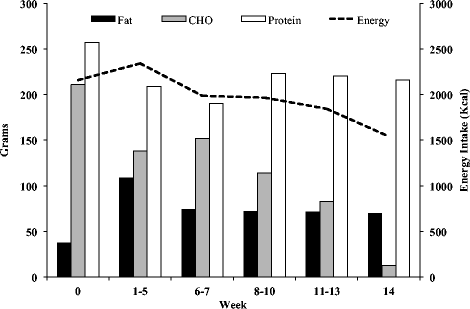
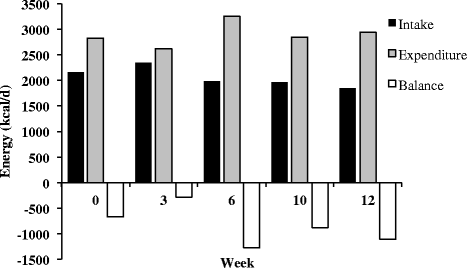
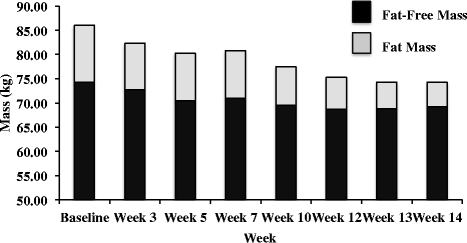
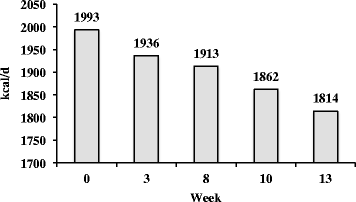
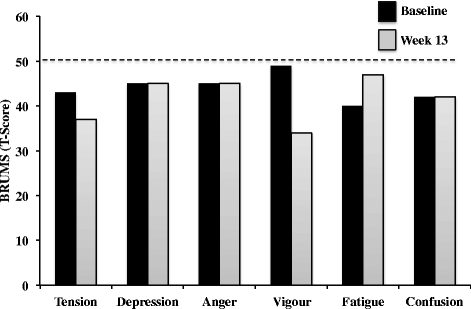
Comment in
-
A nutrition and conditioning intervention for natural bodybuilding contest preparation: observations and suggestions.J Int Soc Sports Nutr. 2015 Dec 21;12:50. doi: 10.1186/s12970-015-0111-x. eCollection 2015. J Int Soc Sports Nutr. 2015. PMID: 26696792 Free PMC article.
References
-
- Villareal DT, Fontana L, Weiss EP, Racette SB, Steger-May K, Schechtman KB, et al. Bone mineral density response to caloric restriction–induced weight loss or exercise-induced weight loss. A Randomized controlled trial. Arch Intern Med. 2006;166:2502–10. doi: 10.1001/archinte.166.22.2502. - DOI - PubMed
-
- Ebert TR, Martin DT, Bullock N, Mujika I, Quod MJ, Farthing LA, et al. Influence of hydration status on thermoregulation and cycling hill climbing. Med Sci Sports Exerc. 2007;39:323–9. doi: 10.1249/01.mss.0000247000.86847.de. - DOI - PubMed
Publication types
MeSH terms
Substances
LinkOut - more resources
Full Text Sources
Other Literature Sources
